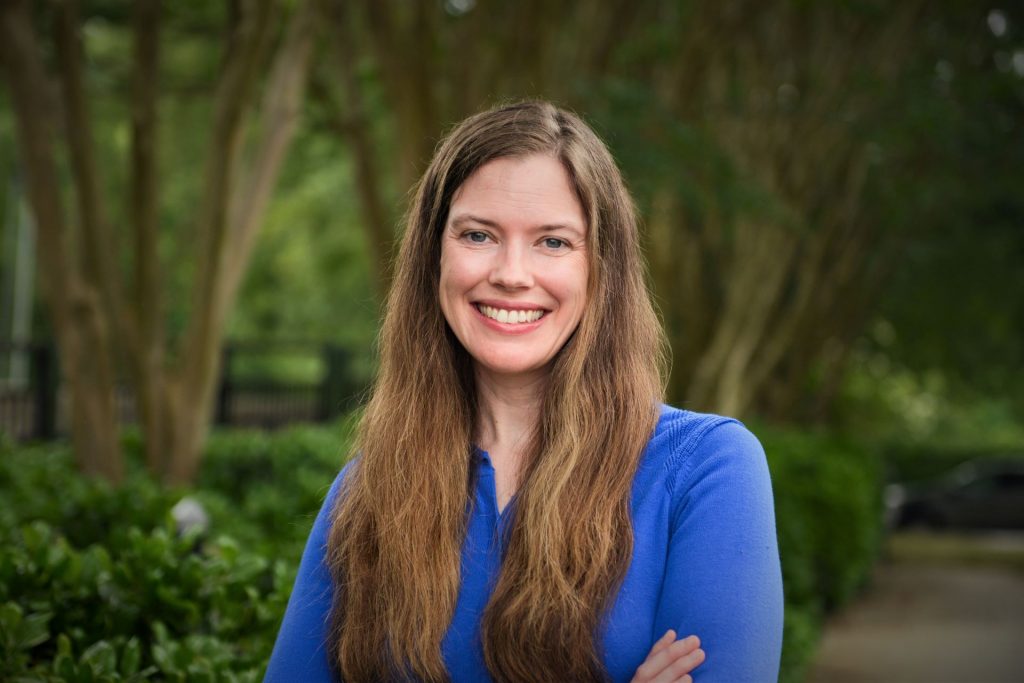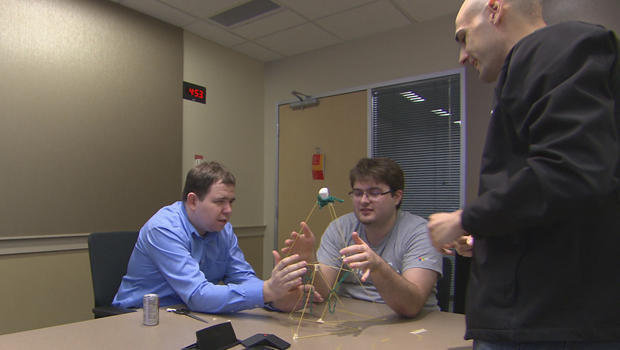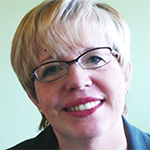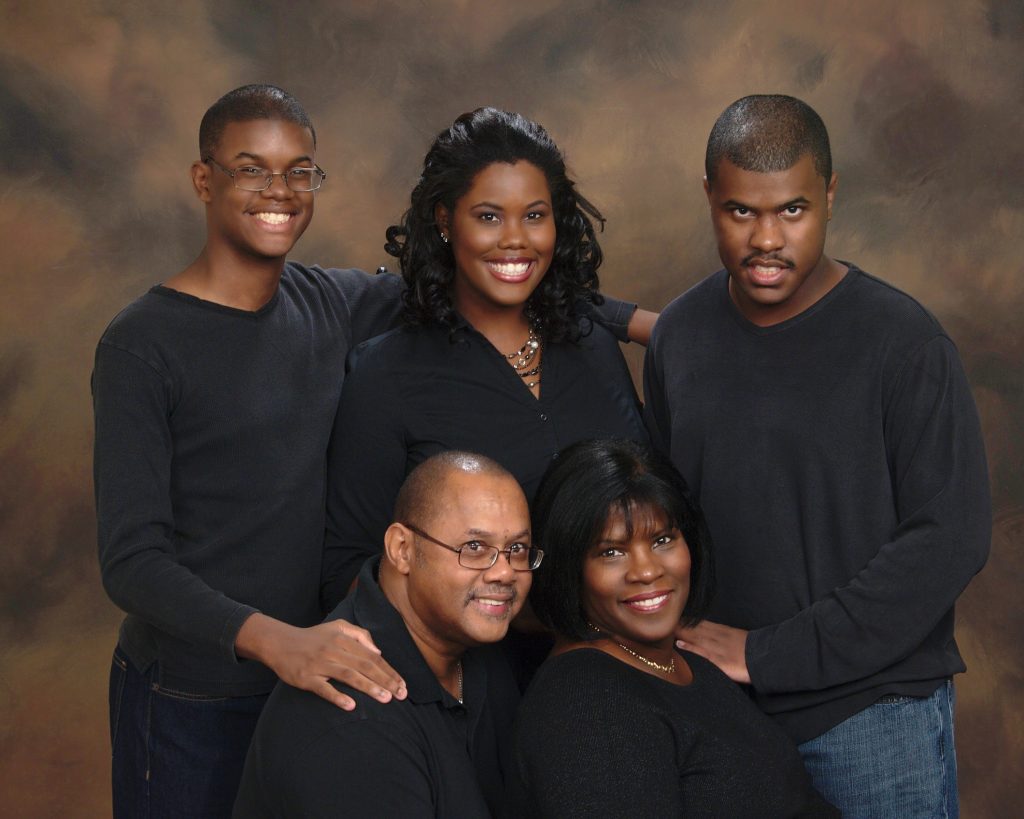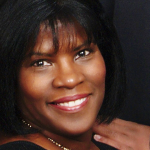As we approach the end of the school year, most high school seniors are preparing for graduation and their future. At this time, I’m reminded that each passing year, more and more students with autism and other disabilities are attending college with their peers. For many of them this will be their first time away from home, a time for excitement and a time for independence. It will also be the first time where they will be responsible to advocate for their own needs at school.
The transition from high school to college can be tough, especially for students with disabilities; however, when students know their rights and where to get help, the transition can be made a little easier. Some students, such as Elijah a high school senior from Jacksonville, Florida, learn the importance of advocating for themselves and their needs for accommodations while still in high school. Here is his story and his wish for all students with disabilities.
A student’s ability to advocate for himself is important to succeed at the college level. Every year, I have an opportunity to meet and work with a group of about 15 autistic college students from various backgrounds and ranging in age. Some of them are traditional college students, others are accessing college through a
Transition and Postsecondary Programs for Students with Intellectual Disabilities (TPSID) program or a modified course of study. All of them say the same thing – it can be hard.
Part of my job at the Autistic Self Advocacy Network is to provide incoming students with training in self-advocacy through our Autism Campus Inclusion program and give them the tools and resources they need in order to effectively advocate for themselves and get the most out of their college experience.
Under the Americans with Disabilities Act of 1990 and the Rehabilitation Act of 1973, colleges and universities are required to remove any barriers impeding the student, whether these are architectural, communication related, or transportation and to provide reasonable modifications to rules, policies, or practices. It is, however, the student’s responsibility to know his or her rights and how to advocate for appropriate accommodations. These accommodations could include:
- Wearing noise-cancelling headphones in class,
- Using laptops for note-taking
- A place to doodle, fidget, pace, or sit on the floor in order to focus and learn.
- Live in a single dorm room, even as a freshman if needed
- A quiet testing space
- Alternative formats of classroom materials, textbooks, and tests
In addition to getting the word out about self-advocacy, we’ve created resources such as Navigating College and Autism Campus Inclusion (ACI) to assist students with disabilities as they navigate through higher education.
Autistic and other students with disabilities will often face barriers from the day they set foot on campus. In order for these students to succeed in college, we say, self-advocacy is needed. You have to know your rights, have a plan for getting the accommodations and modifications that are appropriate and needed, and be prepared to face an array of challenges. However, by creating a community on campus and bringing students together to share their experiences we remind one another that self-advocacy is easiest when we know we aren’t alone.
The opinions expressed and materials contained in this blog are not an endorsement by the U.S Department of Education and herein do not necessarily reflect the position or policy of the United States Department of Education.

